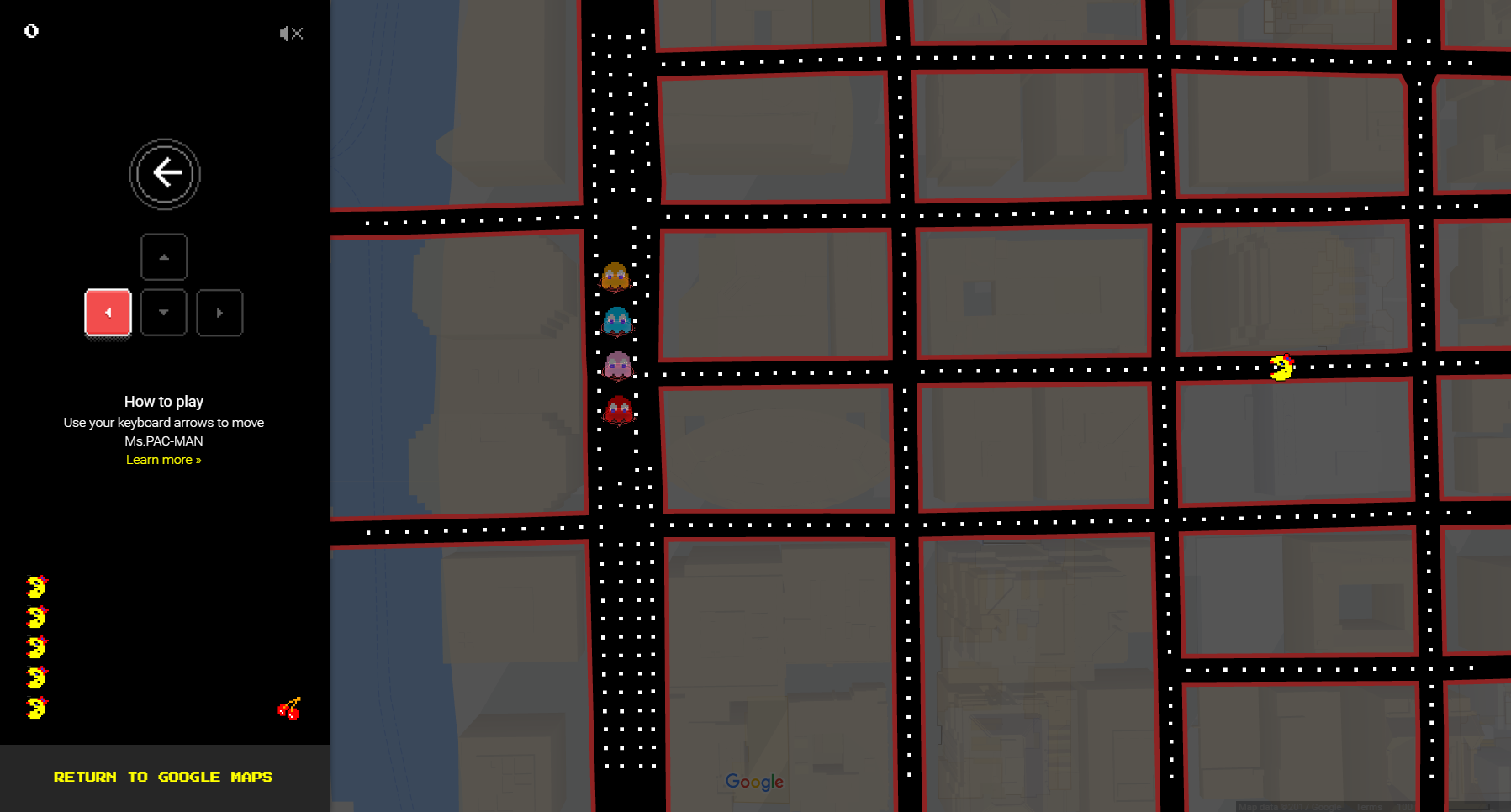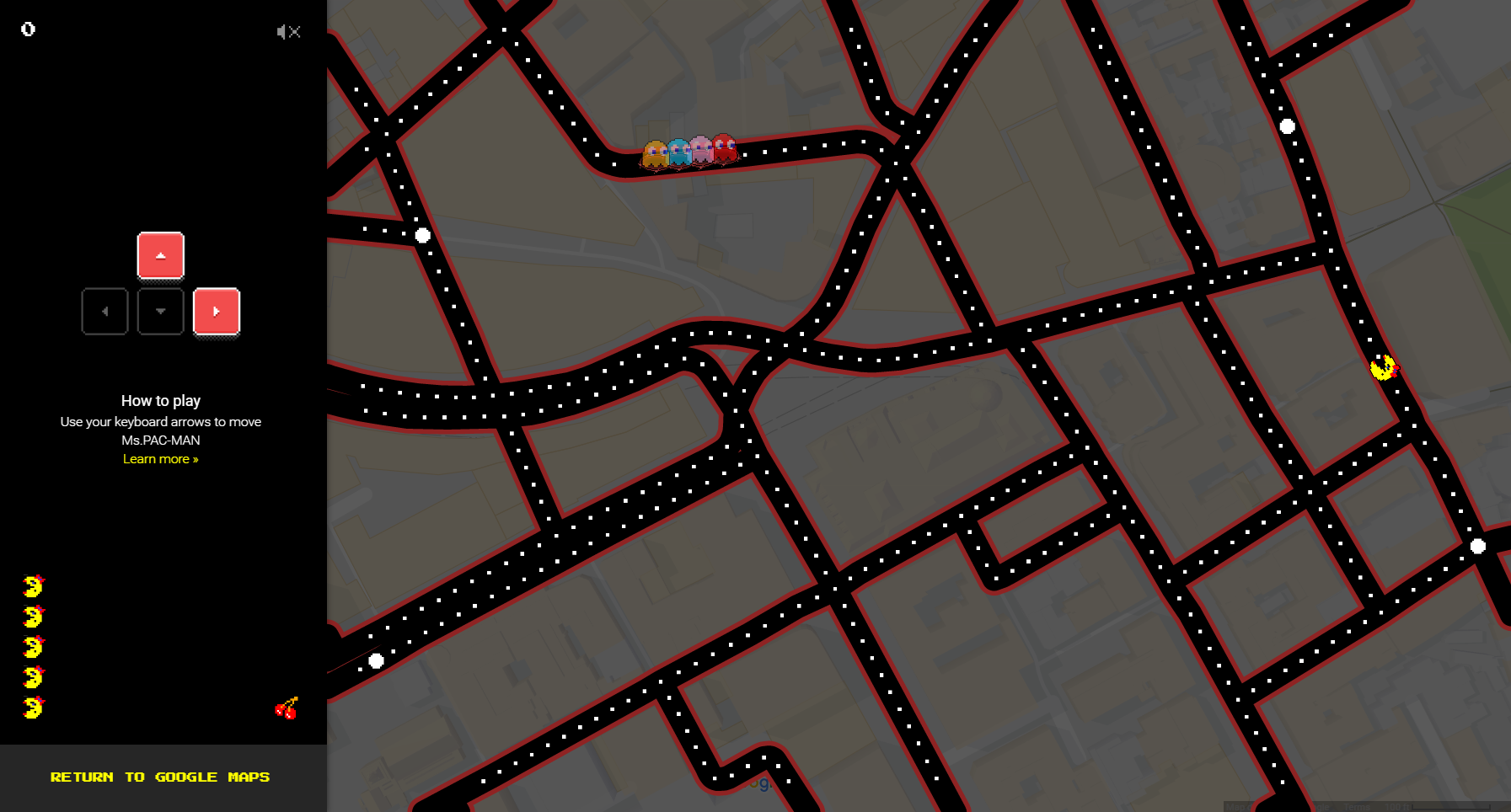A little busy today, so I'm putting these down for later consumption:
Now, I must prepare...for Whisky Fest!
Bloomberg has released its list of the best steaks in Chicago for 2017. It leaves off my current favorite (Kinzie Chophouse) and my old favorite (Morton's on State, before they got bought out), but it's not a bad list:
If you had to name one quintessential steakhouse in Chicago, it would be Gibson’s, which serves expert, icy martinis at the bar and stellar beef from the grill. (It is the first steakhouse to be awarded its own USDA Prime Certification—USDA Gibsons Prime Angus Beef. Local hero chef Tony Mantuano is a fan. “Gibson’s is clearly a classic, the one that every steakhouse is compared with. The bone-in ribeye is my favorite cut, since it gives you different textural experiences. There are different types of muscle in this cut—the deckle, or rib cap, at Gibson’s is one of the most delicious bites of steak you'll ever eat.”
Situated in an old butcher shop, Boeufhaus looks more like a Brooklyn hangout than a classic Chicago steakhouse. For one thing, it’s compact, with only 34 seats; for another, it’s decorated with filament light fixtures. Also, the menu starters include fluke crudo with sea beans and Burgundy snails—no mac and cheese or seafood towers here. Chef Paul Berglund loved it all, in particular his steak. “Boeufhaus may not be the most traditional Chicago steakhouse, but I had an amazing celebratory meal there post James Beard Awards [he won Best Chef Midwest in 2016]. We ordered the 55-Day Dry-Aged Ribeye and 35-Day Dry-Aged Ribeye (market priced), served side by side on the table. This restaurant is doing great stuff with local, grass-fed beef. It’s a really cool place to eat meat.”
So for my next celebration, I'm going to try one of these places. I'm sure I'll find something to celebrate soon.
The Apollo Chorus of Chicago held its annual benefit on April 7th, with me as benefit chair. We raised more money than at any previous benefit, as far as we know. I've got some photos to post; here's the first, of soprano Meaghan Stainback and alto Molly Mikos:

Our choral benefit is tonight, and I'm benefit chair, so posting will be sparse.
And hey, come to Uptown Underground at 7pm with an open checkbook! We've got a few tickets left.
I mean, come on Google. No fair:
Starting now until April 4, you can chomp fruit, avoid ghosts, and collect PAC-Dots along city streets in Google Maps worldwide—all as Ms. PAC-Maps. Just tap on the Ms. PAC-Maps icon on iOS and Android, or click the Ms. PAC-Maps button at the bottom left on desktop, to enter the maze and start chompin’. Sign in to save your top score on the leaderboard and share with friends.
Here's Downtown Chicago:

That's the Civic Opera Building on the upper left and LaSalle and Jackson on the lower right.
Or try this possibly-recognizable board:

Any guesses where that is?
Some stories from today:
And, hey! It's Friday afternoon already.
The Finnish manufacturer is bringing back their 2000-era 3310:
Given the rising angst of a society run by technology, Nokia might have picked the perfect time to introduce an antidote to the smartphone. But even under today’s conditions, it is tempting to see the new Nokia 3310 merely as another example of retro nostalgia. Ha-ha, what if you could get a dumbphone instead? It would pair perfectly with a milk crate full of vinyl albums. But it’s also possible that the 3310 marks the start of a new period of technological mobility. One that offers a sense of how even the most entrenched technological habits might yet turn out differently.
It might be premature to announce the end of humanity’s love affair with the smartphone. But the relationship’s cracks are surely showing. Some have immediate consequence. Apps have contributed to a huge spike in traffic accidents and deaths, as more and more people attempt to operate finicky handheld devices while driving. The partial-reinforcement techniques baked into today’s apps and games has become more apparent to users, who seem increasingly resigned to services they also feel no option to quit. And the uniformity in design of devices has arrested their future potential. Every year another glass rectangle, affording no more or less than it promises, which is more of the same.
The smartphone’s conquest is definitive and complete. A decade after its form solidified, the contemporary citizen of the developed world has almost no choice but to own and operate one. And yet, the joy and the utility of doing so has declined, if not ceased entirely.
Hey, for $50 I might pick one up as a backup device, once they're offered in the U.S.
And in honor of his birthday, one of my all-time-favorite riffs on his style from the 1980s TV show "Moonlighting:"
Yesterday, Major League Baseball agreed with its players union to ditch the four-pitch intentional walk:
Major League Baseball and its Players Association agreed to replace it with an automatic walk triggered by a signal from the dugout. The curious part was its cause of death: It was sacrificed in the name of shorter games.
That is curious, to say the least, because the intentional walk had neither the frequency of use nor the potential time-savings to make it an obvious target of league officials, led by Commissioner Rob Manfred, who want to speed up the pace of play. Last year, intentional walks occurred at a rate of one every 2.6 games. Their elimination would save perhaps a minute with each instance — a statistically insignificant improvement for a sport that averaged a record-high 3 hours 6 minutes per game in 2016.
Even something as seemingly innocuous and frivolous as the intentional walk has a long history, full of occasional mishaps (pitchers lobbing the ball to the backstop), sneaky swings (as when a batter reaches across the plate and pokes a wide pitch into the outfield for a hit) and even the famous fake intentional walk in the 1972 World Series, when Oakland A's reliever Rollie Fingers struck out Cincinnati's Johnny Bench with a pitch over the plate after the A's feigned walking him intentionally.
In many of those instances, the intentional walk was the most exciting and memorable thing that happened in that particular game. Sure, those zany plays were infrequent, and in the vast majority of instances, the intentional walk was simply a banal, goofy and sometimes counterintuitive exercise in run-prevention.
But will the no-pitch walk still be scored IBB?